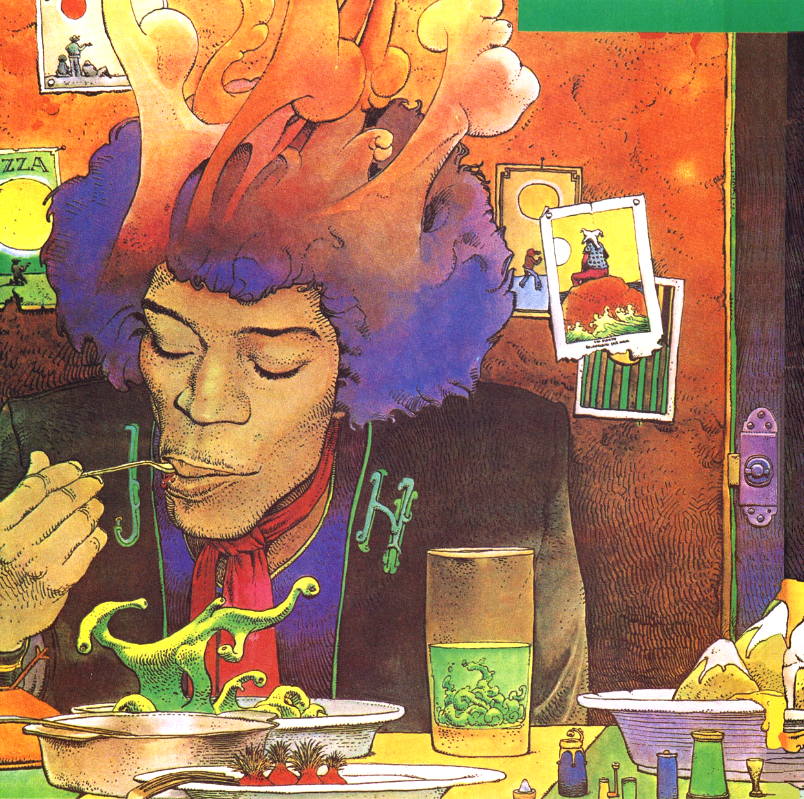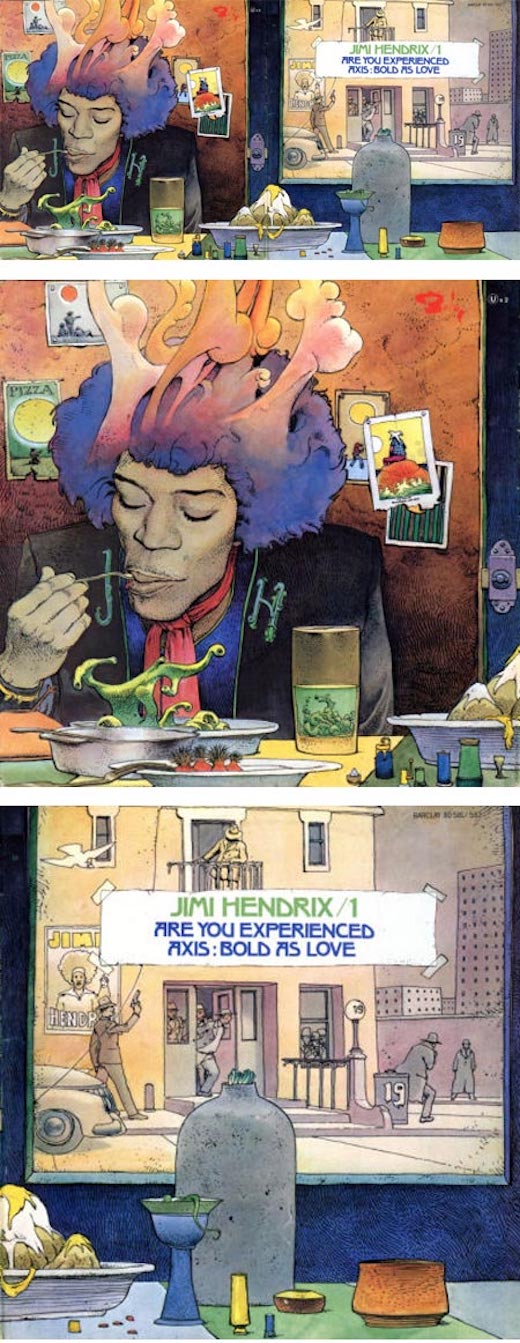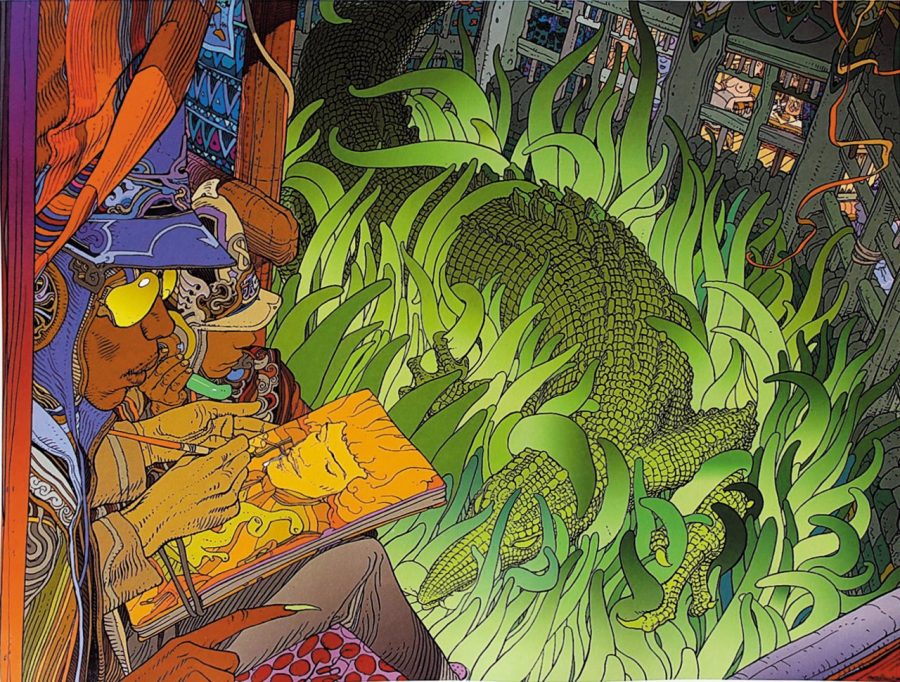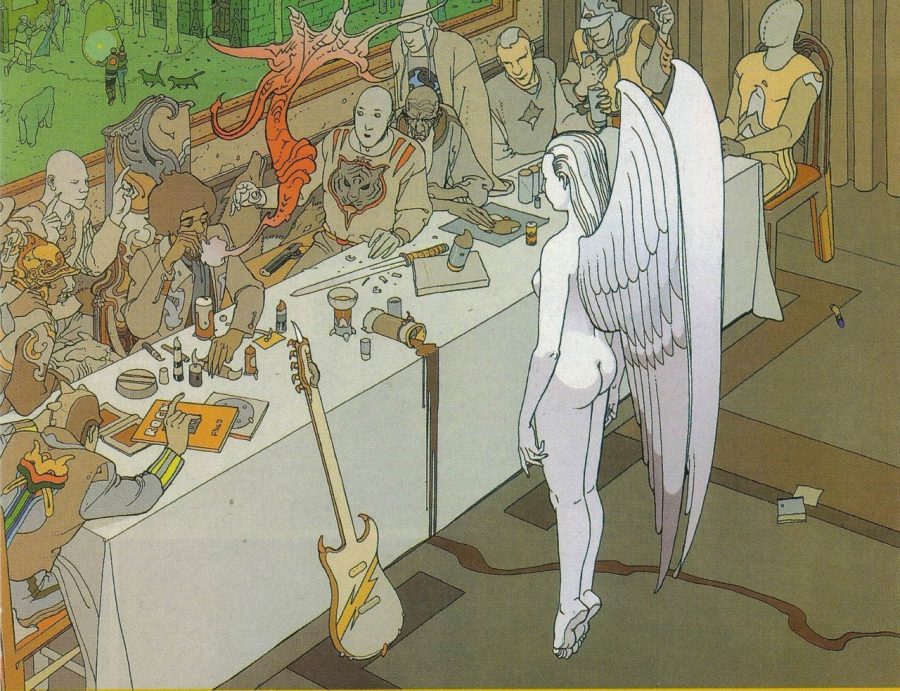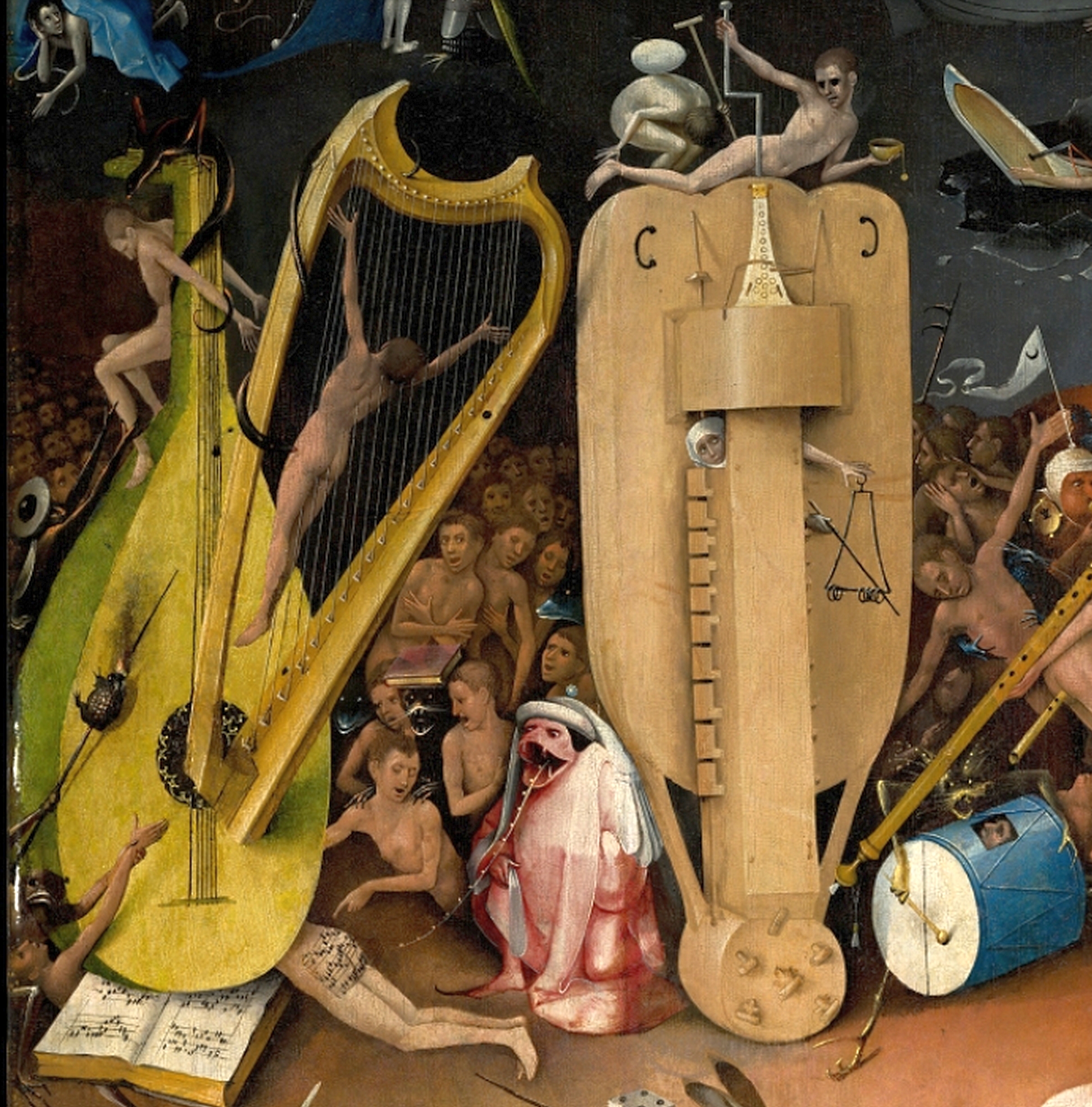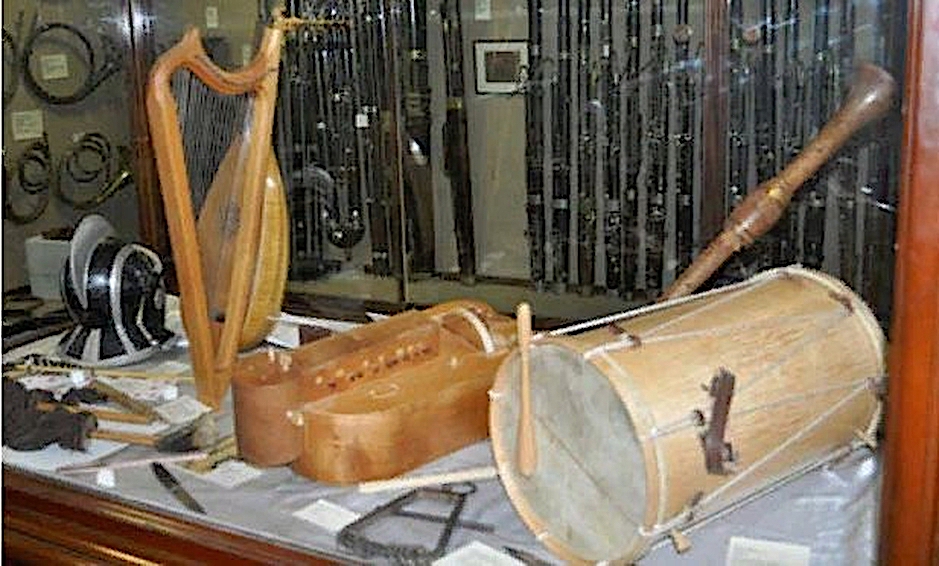Ach, the wonders and the blunders of the Internet. The wonder: Vanity Fair–lovely magazine, a bit too many stories about the royals and billionaires though–has the budget and the wherewithal to commission this video. It’s a 12 minute ride around the world using Google Maps, touching down to show locations mentioned in the Beatles lyrics, from Liverpool to the Black Mountain Hills of Dakota to Moscow, where the balalaikas are always ringing out. The blunder: it’s laced with inaccuracies and guesses about the most overdocumented group of all time.
Is it worth your time? For the Beatles know-it-all or the casual listener, the answer is yes.
The video begins unsurprisingly in Liverpool with a tour of Penny Lane, Strawberry Field, and the childhood homes of John Lennon and Paul McCartney. There’s a brief visit to the Cavern nightclub where they grew their local fanbase, and down the Mersey to suggest that the “cast iron shore” in “Glass Onion” is referring to this iron ore clogged waterway. (Perhaps, but not definite that one.)
We go up to Scotland (the Kirkaldy mentioned in “Cry Baby Cry”) down to London for all kinds of locations, number one being Abbey Road studios, and south to the “Dock at Southampton” although the video points out that you can’t get to “Holland or France” as in “The Ballad of John & Yoko.” (That would be Dover.)
There are stops in India, where we get to tour the remains of the ashram in Rishikesh, now lovingly adorned with all sorts of Beatles fan art, and over to America to the Bel Air home at the top of “Blue Jay Way.”
All in all, the total miles on this Magical Mystery Tour add up to 25,510, and all using Google tech. Not bad.
But a scroll through the YouTube comments reveals how much the video gets wrong. The barbershop mentioned in “Penny Lane” is the wrong one, and Paul just recently visited it in his endearing “Car Pool Karaoke” segment with James Corden. And while there is indeed a Bishopsgate in London, that isn’t the one mentioned in “Being for the Benefit of Mr. Kite.” That one lies to the north of Liverpool. The rooftop where the Beatles played their last gig is wrong (the map shows the current location of Apple Records, not the building at 3 Saville Row, where it happened). And what, no tour of George Harrison or Ringo Starr’s childhood home? I mean, you guys were in the neighborhood, you could have popped ‘round.
Ah well, as we said, it’s a bit of both good and bad this video. If anything, it’ll make you want to give those classic songs yet another spin.
Related Content:
Ted Mills is a freelance writer on the arts who currently hosts the artist interview-based FunkZone Podcast and is the producer of KCRW’s Curious Coast. You can also follow him on Twitter at @tedmills, read his other arts writing at tedmills.com and/or watch his films here.


